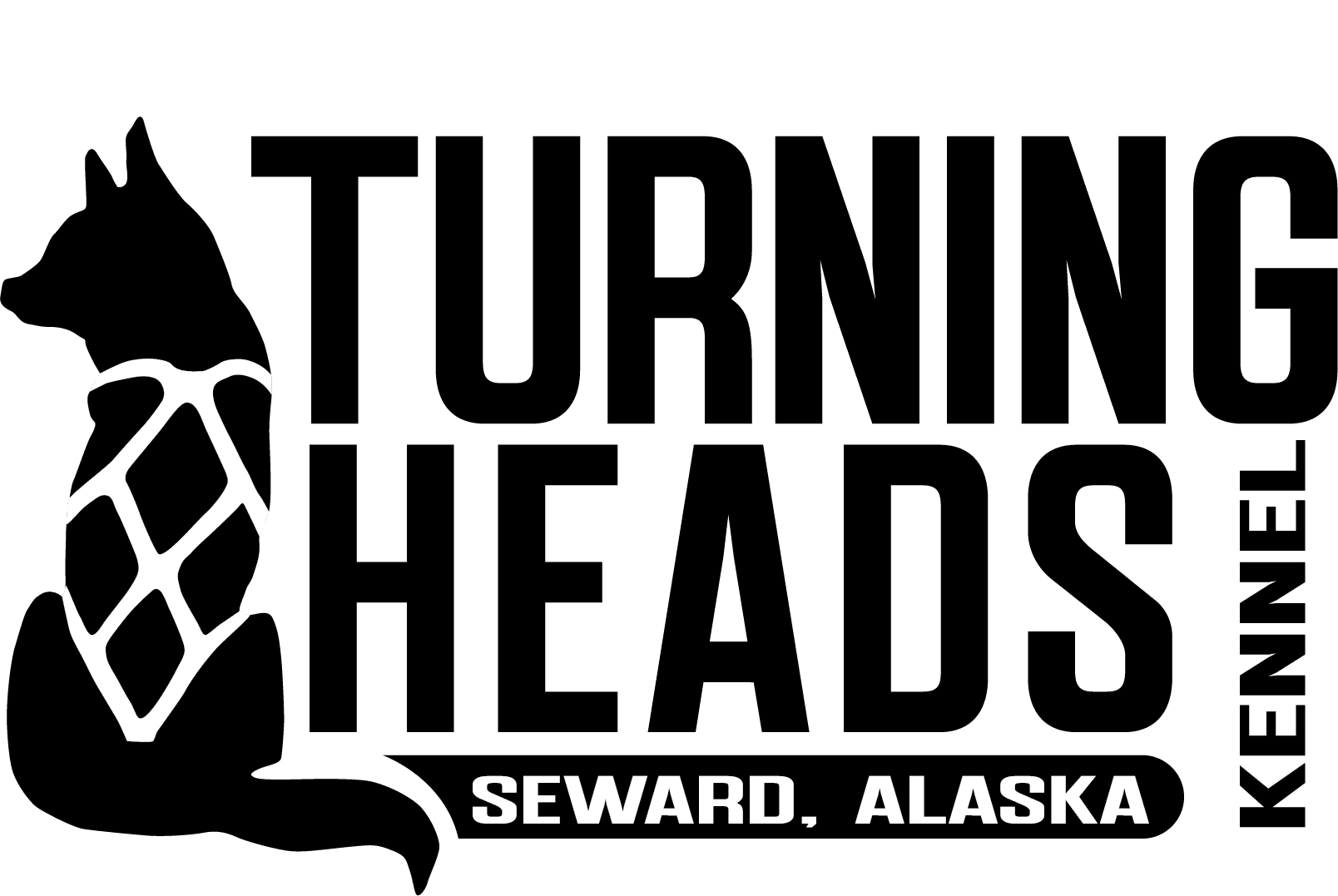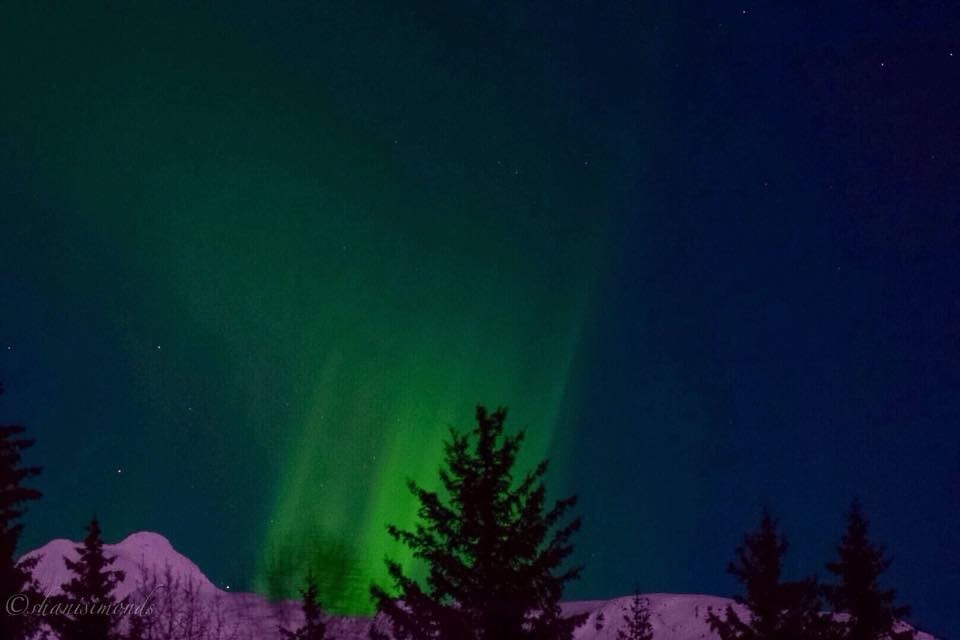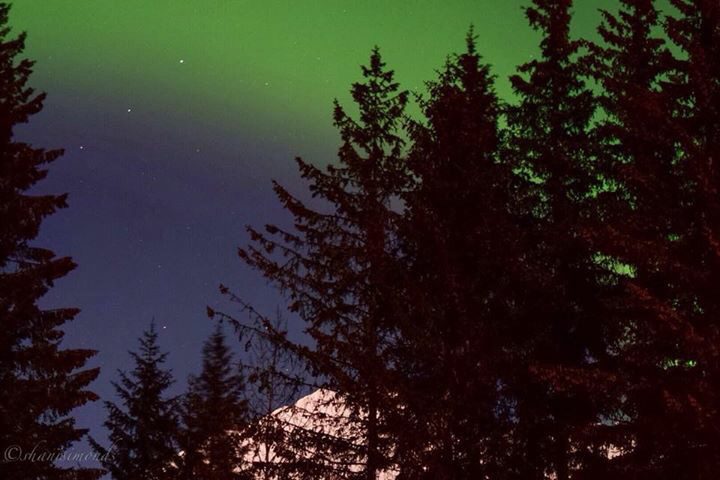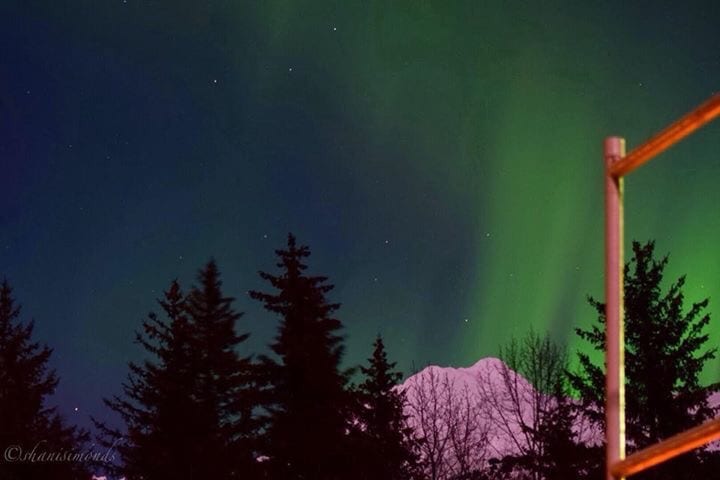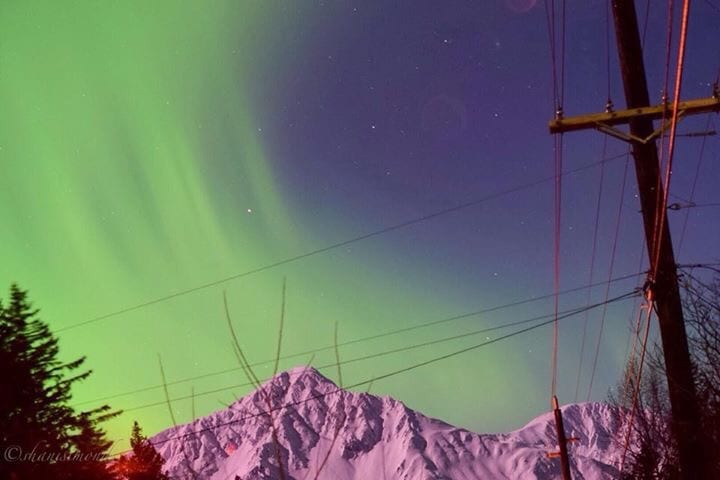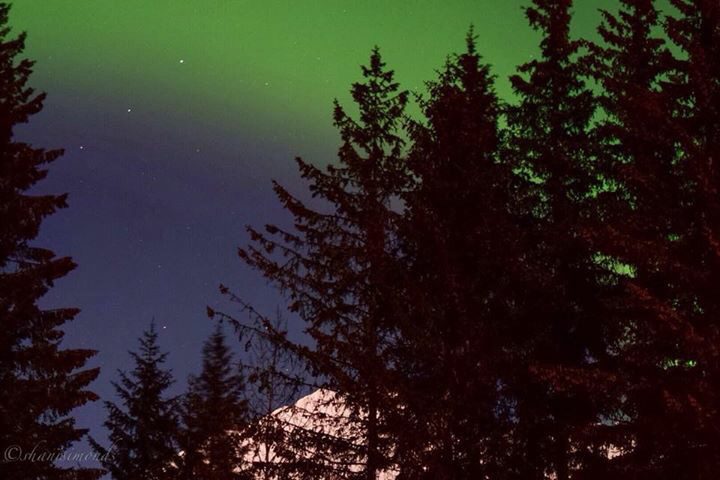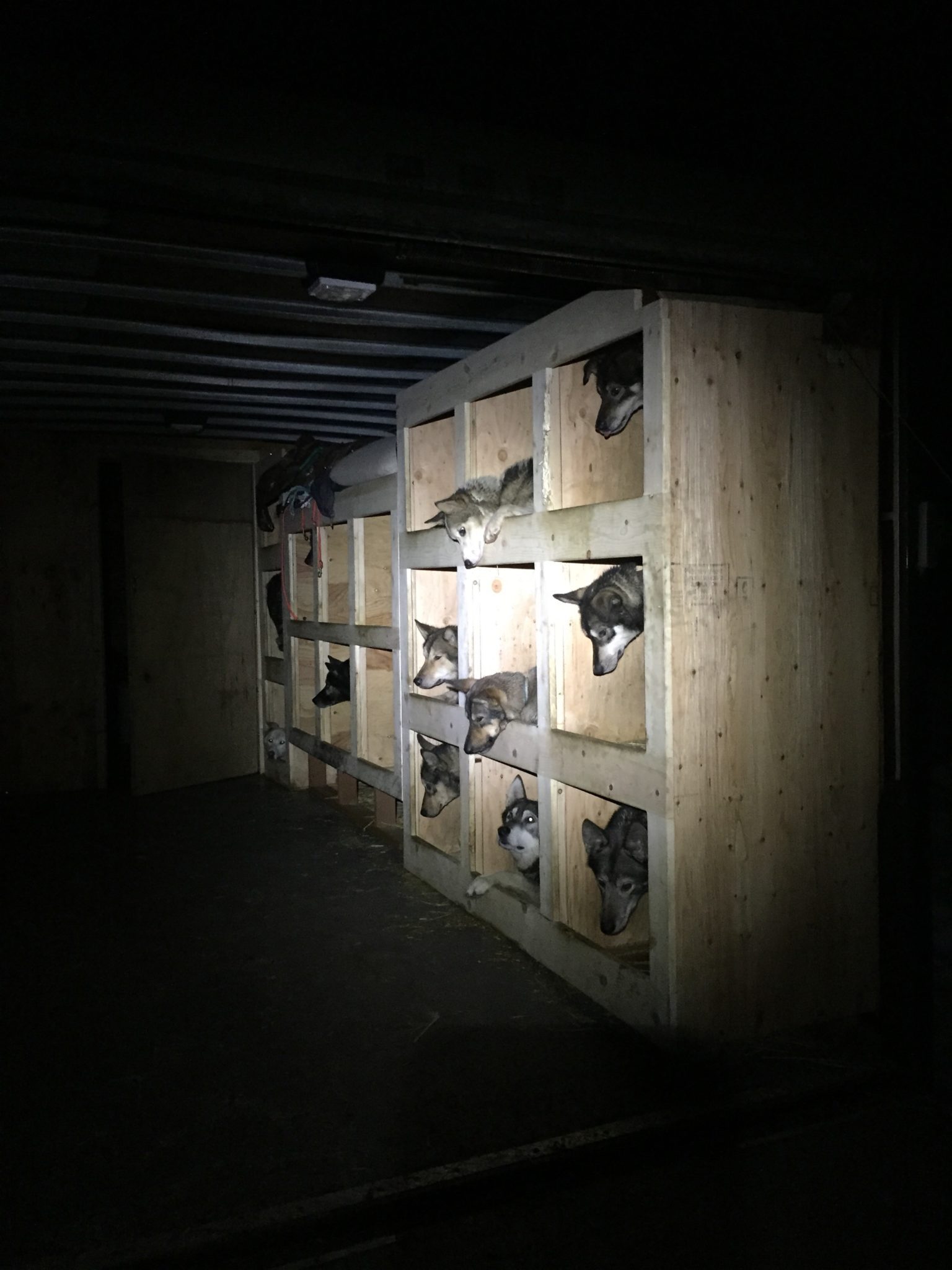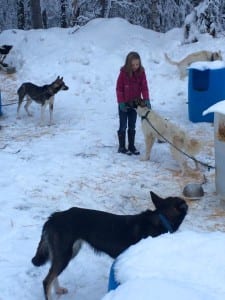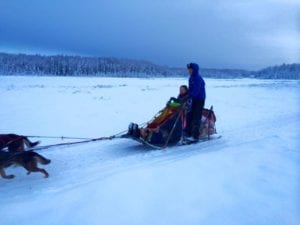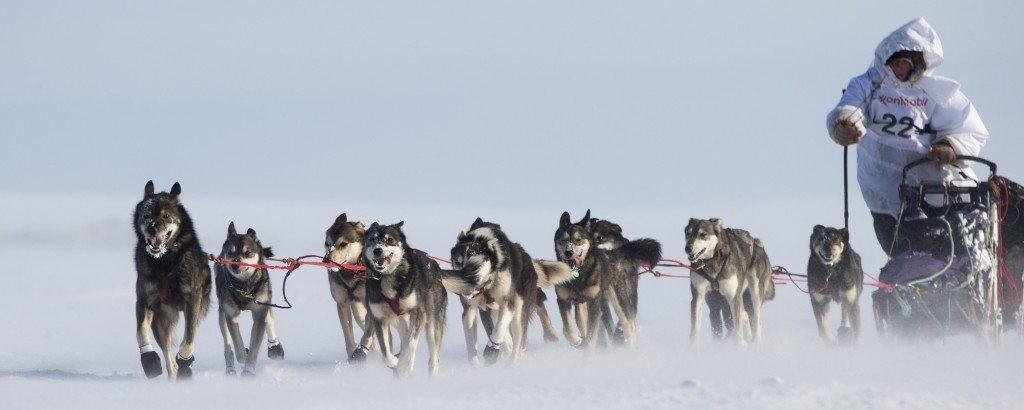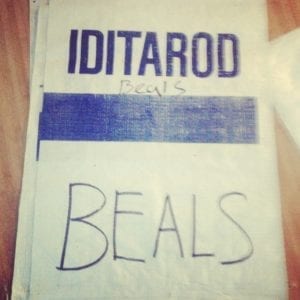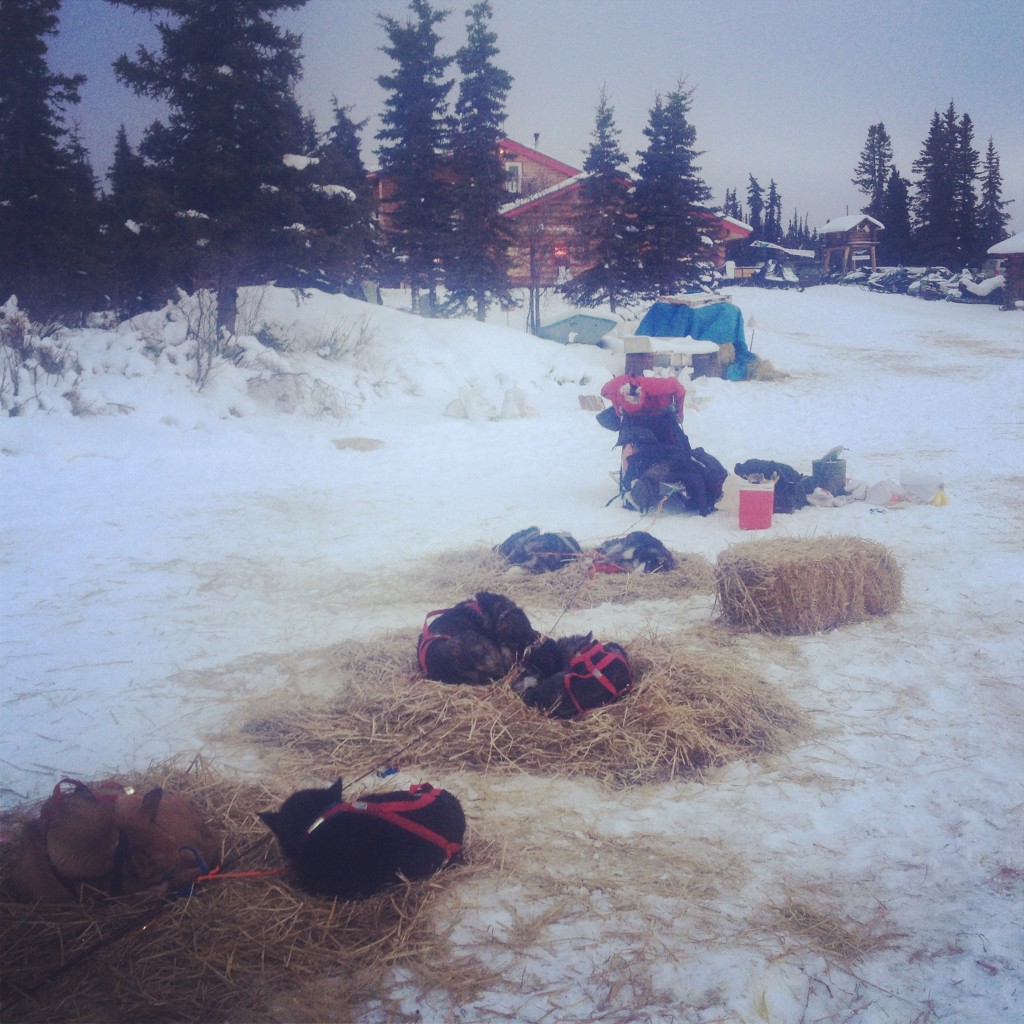Qualifying for the Iditarod
The Iditarod is a 1,000 mile long dog sled race run annually in Alaska by some of the top mushers in the world. The race tests the bond and endurance of the musher and their team of sled dogs. It’s an impressive event with many nuances. Learn more about it in our earlier post What Is the Iditarod Sled Dog Race. In order to participate for the event, new entrants, called rookies, first have to qualify for the race. In qualifying, mushers are proving that they know how to take care of both their dogs and themselves in Alaska’s winters and wilderness.
One of the most basic requirements is the age limit. In order to participate in Iditarod, a musher must be at least 18 years old and have qualified for the race by completing a series of mid-distance races.
According to Rule #1 of the Official Iditarod Rules:
he/she must complete two (2) 300 mile qualifiers and another approved qualifier for a total of 750 miles to be qualified. The completion requirements are that a musher must finish either within the top 75% of the field or in an elapsed time of no more than twice the time of the winner.; and he/she during such approved qualifying races demonstrated the necessary physical and mental aptitude and preparedness, as well as the necessary wilderness and mushing skills.
The Iditarod keeps an updated list that can be found on their website of which races count as qualifiers. Along with completing the race, racers must have specific paperwork filled out. These “report cards” are often filled out by the head race marshall of that specific race. This helps ensure that all those who set out on the Iditarod trail are qualified to be there.
In addition to completing the races and having their report cards filled out, Iditarod rookies must also provide a reference letter from someone who is familiar with the race. This is another measure to help ensure those on the trail have the necessary skills to be out there.
Why Must Mushers Qualify for the Iditarod?
The goal of qualifying races is to ensure that all mushers know how to take care of themselves and their dogs. One thousand miles is a long way to travel and the entirety of the race is off of the Alaska Road system. Mushers and their dogs must be prepared to face any challenge.
On the path to qualifying, Rookie mushers generally learn a lot both from experience and from other mushers. Once a musher has successfully completed the Iditarod, they no longer need to qualify. One successful completion of the race is considered qualification for life.
Travis used the Northern Lights 300, The Tustumena 200, and the Tiaga 300 to qualify for the 2013 Iditarod. Travis has now run the Iditarod 11 times, with a top finish of 5th place!
Sarah used the Sheep Mountain 300, The Northern Lights 300, and the Tustumena 200 to qualify for Iditarod. Sarah ran the Iditarod in 2016 and in 2019.
Rookie Iditarod Meeting
Before a musher’s Rookie Iditarod, they participate in a 2-day mandatory Rookie Meeting. Running a 1,000 mile long race is very different than running a 300 mile event. No matter how much wilderness or mushing experience you have, nothing can ever truly prepare you to race the Iditarod.
The Rookie meeting’s purpose is to help answer questions specific to the race and familiarize new mushers with the logistics. During the training, rookie mushers learn about vet care, training their dogs for Iditarod and how it differs from shorter races, and what to expect during the race. The Rookie Meeting is hosted by Iditarod and usually attended by several veteran mushers who offer value feedback to novices.
What Happens When you Finish the Iditarod?
When a musher completes his/her first Iditarod, he earns their Iditarod Belt Buckle, a one time piece of hardware that only official finishers of the Iditarod Sled Dog Race can sport. They also become members of the Iditarod Official Finishers Club. This club helps provide oversight to the race by providing valuable feedback to Iditarod’s board of directors.
Once a musher has successfully completed Iditarod, they no longer need to qualify.
